The lightsaber market is vast. You have companies solely dedicated to making them, then bigger retailers that sell lots of film merchandise that include lightsabers and then your general retail shops that sell them as toys. What I aim to do here, is help you miss the minefields and avoid taking you on a massive and unnecessary galactic tour of the whole lightsaber universe, which is something you can learn about over time and with each purchase. However, to make your lives easier in the here and now, there are some things that you do need to know from the very start, to ensure that your first purchase is satisfactory.
Just like the movies, lightsabers come in many handle shapes and forms. Luke’s Return Of The Jedi lightsaber is different to his Empire Strikes Back one and in real life, you can get a multitude of handles and customisations that expand well beyond the Star Wars universe. Important Notice! For those of you that are already martial artists, exponents of flow arts or XMA devotees, the handle type you get is a big deal!
As great as it looks to get a lightsaber with the utmost detail, those buys should probably be regulated to cosplay and Comic Con events where you can wield it skilfully, but won’t be doing too many complicated tricks. Then, on the other end of the spectrum, the smoother-surfaced, longer-handled lightsabers that have less detail and less buttons may not look as impressive in comparison, but you won’t be drawing your own blood, grazing yourself, stubbing fingers or getting the saber caught on loose clothing.
Yes, as you can tell, I've already been through the pain of it all so that you don't have to and I can not state highly enough; that the smoother the lightsaber handle is, the easier it is to wield for wrist rolls, palm spins and blind tosses. Also, the weight; trust me when I say that the quality of some of these sabers is so serious that it's like carrying a bonafide weapon. If you are going to be throwing, tossing and spinning your weapon, take the weight into account.
⬇️
As well as the traditional looking lightsabers from the original trilogy, you can get Darth Maul style lightsabers that are normally two single lightsabers that you can screw together. When buying these configurations or joining two individual lightsabers together be very wary of the total length, as some models can be epically long. I deliberately went with Saberlab because they make high quality lightsabers at a good length that I can just about wield them in the box of my training room. However, my cheapo lightsaber, that I also use in the video below to show speed, is even shorter. But unfortunately, that one broke easily and has malfunctions galore with the lights and sounds changing and not turning off, so I not recommending that one.
⬇️
Lightsabers come with a range of different illumination brightness, so when buying one you are very likely going to see these descriptions: RGB, Eco-Pixel, GHv3 and Proffie. These labels reference the tech boards and what they do in terms of function and programmability of the blade. You don't need to become an expert, but do not skip over knowing about them.
RGB blades are the dimmest, but don’t think that this makes them sub-standard, they still shine bright. If you plan on using your lightsabers for actual fights, then RGBs are probably a better option because the light emits from the base handle only. With the other brighter formats, the LED tech is actually in the blade - all the way up it, so clashing (too hard) increases the chance of damage.
I should also add that the more expensive lightsabers do have thicker blades to compensate, so you can use them for duelling, just don't try to reenact Luke's smashing down of Darth Vader in Return Of The Jedi. With ES Sabers, the RGB emission is 12 watts, the
Eco-Pixel and other models shine at a massive 50 watts! GHv3 stands for Golden Harvest and it's a reference to the newer soundboard/circuitry on the market that contains more upgrades and options.
A Proffie lightsaber allows you to programme your lightsaber with your own bespoke requirements.
| | |
Lightsabers don’t just light up in one colour, they have an option of different colours.
Some lightsabers speak an array of movie quotes from the films - though copyright issues may be bringing that to an end.
Some lightsabers have different ways for the blade to ignite.
Some lightsabers have different ways that the blade takes form.
Some lightsabers have settings where a stab motion or twist motion can turn the blade on or off, change the colour and more.
My ES Lightsaber does them all.
For the most part, option choices are made by pressing the on/off button and allowing the button to flash a certain number of times. When the lightsaber is on that controls some things and when the lightsaber is off, that sets up other things to happen when the lightsaber is switched back on.
| | |
As I mentioned before, Proffie lightsabers can be programmed to do things to the minutest detail, but I have skipped over a very important factor that I had to learn the hard way. Some lightsaber boards are so complex, that some of their functions need to be enabled (or disabled) by actually taking the SD card out of the handle, placed in a computer and altered that way.
In something like Note Pad, you will see a list of functions come up and at the end of them you will see either a number 0 or 1 by them, this is the binary code for off and on.
0 = off
1 = on
I had a situation with my Eco/Neo Pixel Aura Combat Saber, where when I did a stabbing motion the lightsaber would switch on or off and it was frustrating as hell! But after speaking to the great team at ES Sabers, they informed me to put the SD card in my mac and access the configuration in Note Pad. From there I was able to turn off the stabbing motion control by changing the 1 to a 0.
In buying my RGB ES Grand Staff Combat Saber I encountered the same problem and I smugly dismantled it to get to the SD card...only to find that there was no SD card. Further communication with ES Sabers led me to know that they now have an app...
6. For double blade fans, you may find that when the sabers are joined together, the front of the sabers are in different places and aesthetically find this annoying. Well, to to get around this - use timing shims. You put these around the couplers and they change the point where one saber will stop screwing on, meaning that the tight 'fit' happens at a different point in the screw connection. The more shims you add, the less rotations the saber will have, just use the right amount to get the right fit.
7. Just like Michael Knight had KITT to guide him, every time you change a function on the ES lightsaber, a voice will confirm what you are doing or what has been done. The more simple lightsabers don't have this because there is no long list of options to choose from.
| The ES Aura Combat Saber This is the the Aura Combat Saber from ES Sabers, it has 6 blade modes ranging from "Steady" to "Candy". It has 10 ignition modes ranging from "Photon" to "Broken Ignition" and along with its high quality film quotes the lightsaber has the options of high volume, low volume and sound completely off. | The ES Grand Staff Combat Saber The Grand Staff Combat Saber also from ES Sabers is the only spear/staff lightsaber that I have ever seen. The versatility of this weapon in terms of how you can customise it's length and therefore how it's wielded is an amazing selling point; it's a short lightsaber, a spear lightsaber and bo-staff all in one. |
As seen in the video - operating these blades are very similar across multiple companies.
Option changes work by the the number of times the ON/OFF button flashes when continuously held down.
When the lightsaber is off, pressing the button and allowing for:
1 Flash will adjust the volume
2 Flashes will adjust the type of blade
3 Flashes will change the ignition type
4 Flashes will play dialogue from the movie.
When the blade is on pressing the on/off button has different effects:
1 Quick press will be as if you were deflecting a blaster.
Holding down the button for 2 flashes will initiate a blade colour change.
To pick the colour you want, wait for it to appear in the sequence and then press the on/off button once very quickly.
The price was so amazing that I bought two.
1 For double lightsaber tactics.
And 2 for Darth Maul bo-staff shenanigans.
The price is probably one of the best on the market.
The main features are standard colour changes and blades that were truly built for clashing.
| 2 Single Saberlab Luke Skywalker's Joined (Bo-Staff) | 2 Single Saberlab Luke Skywalker Lightsabers |
| | |
Both ES Sabers and Saberlab are good companies, you just have to know what you are genuinely going to use the lightsaber/s for (display, flow artistry swinging, tricks, or clashing duels) before deciding which model to pick.
Saberlab make 2 models and ES Saber do a lot!
For ES Lightsabers use: https://www.es-sabers.co.uk/?ref=jvsuds7r
TikTok: https://www.instagram.com/academy_of_star_wars_combat?igsh=Y2Jyc2l3YjA5dWhj
Instagram: https://www.instagram.com/academy_of_star_wars_combat?igsh=Y2Jyc2l3YjA5dWhj
YouTube: https://shorturl.at/bmrzA
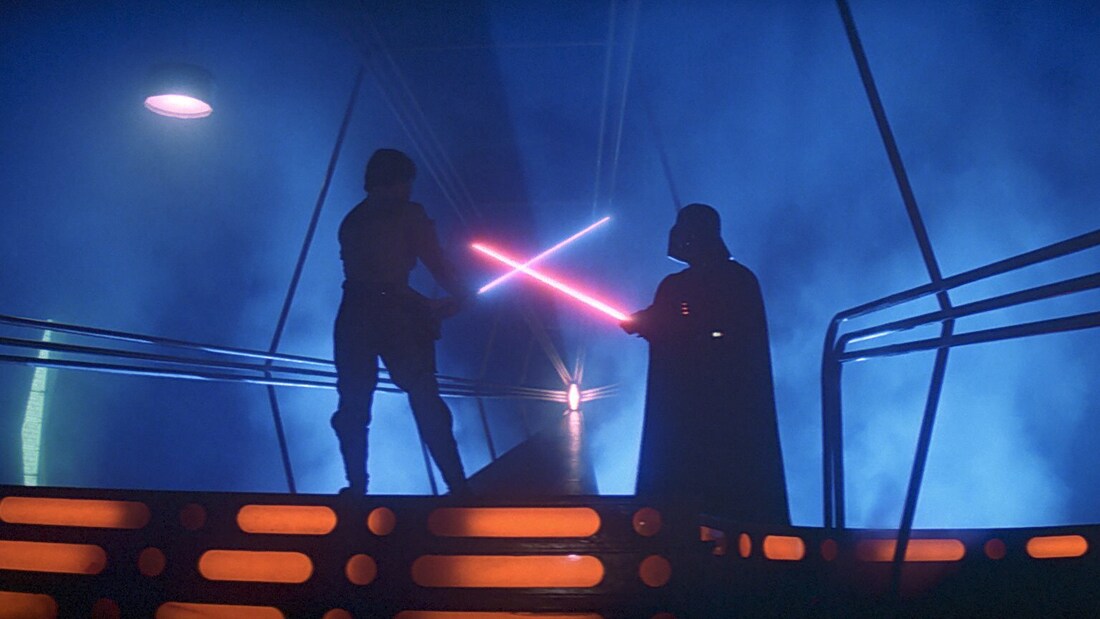




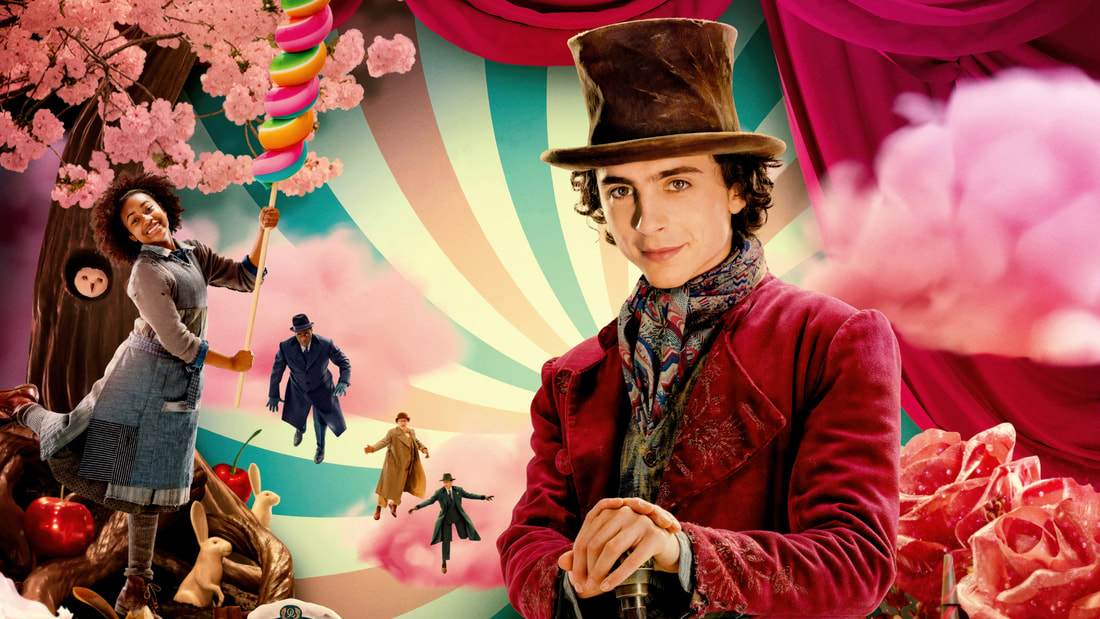
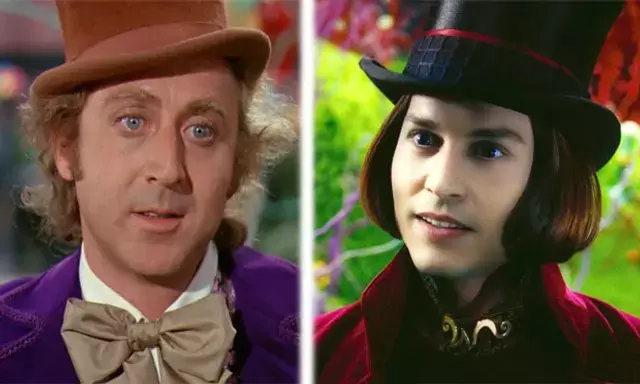
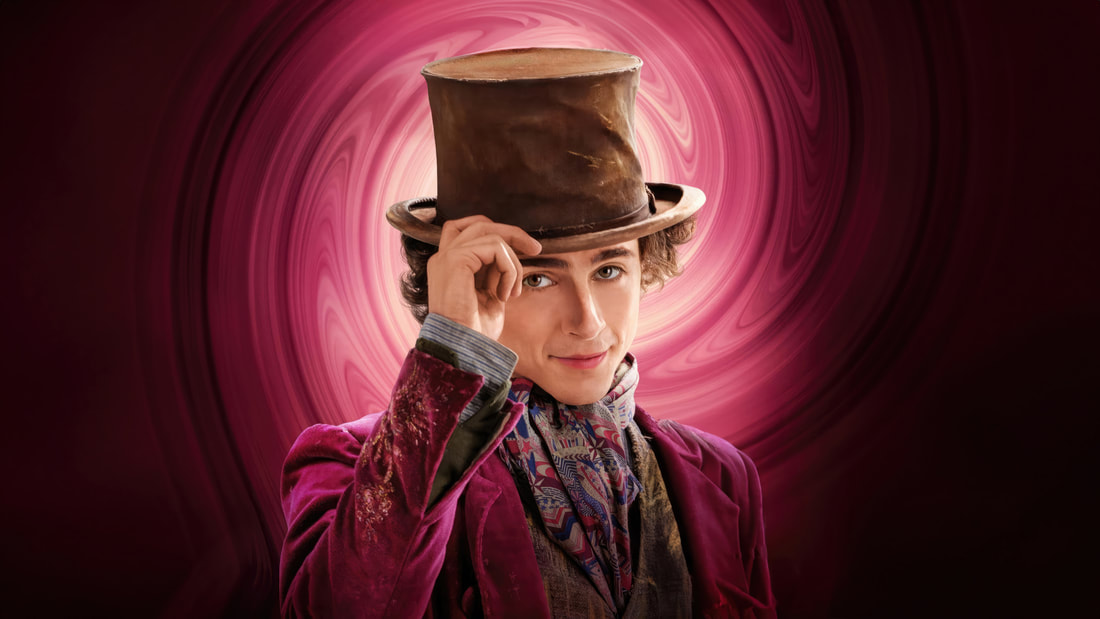
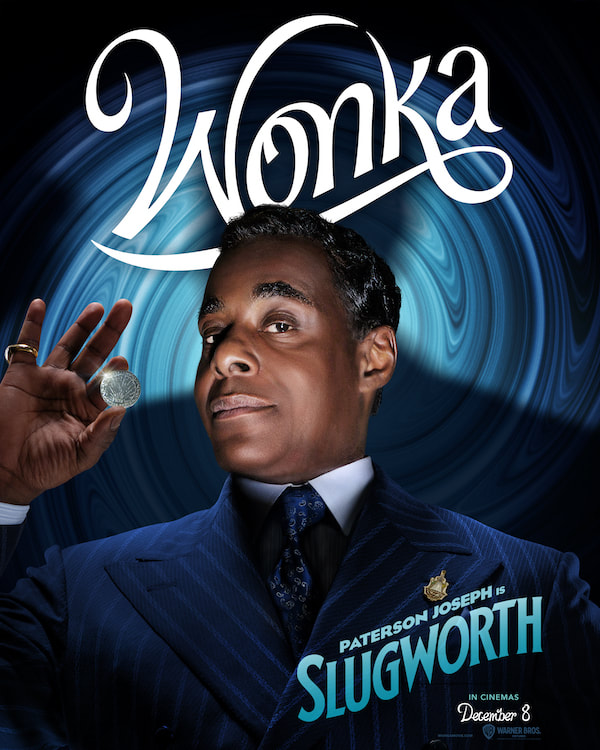
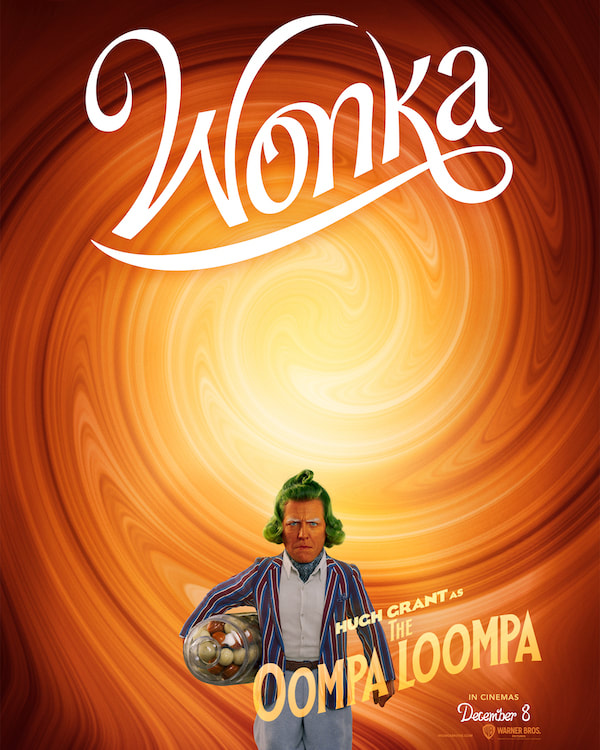
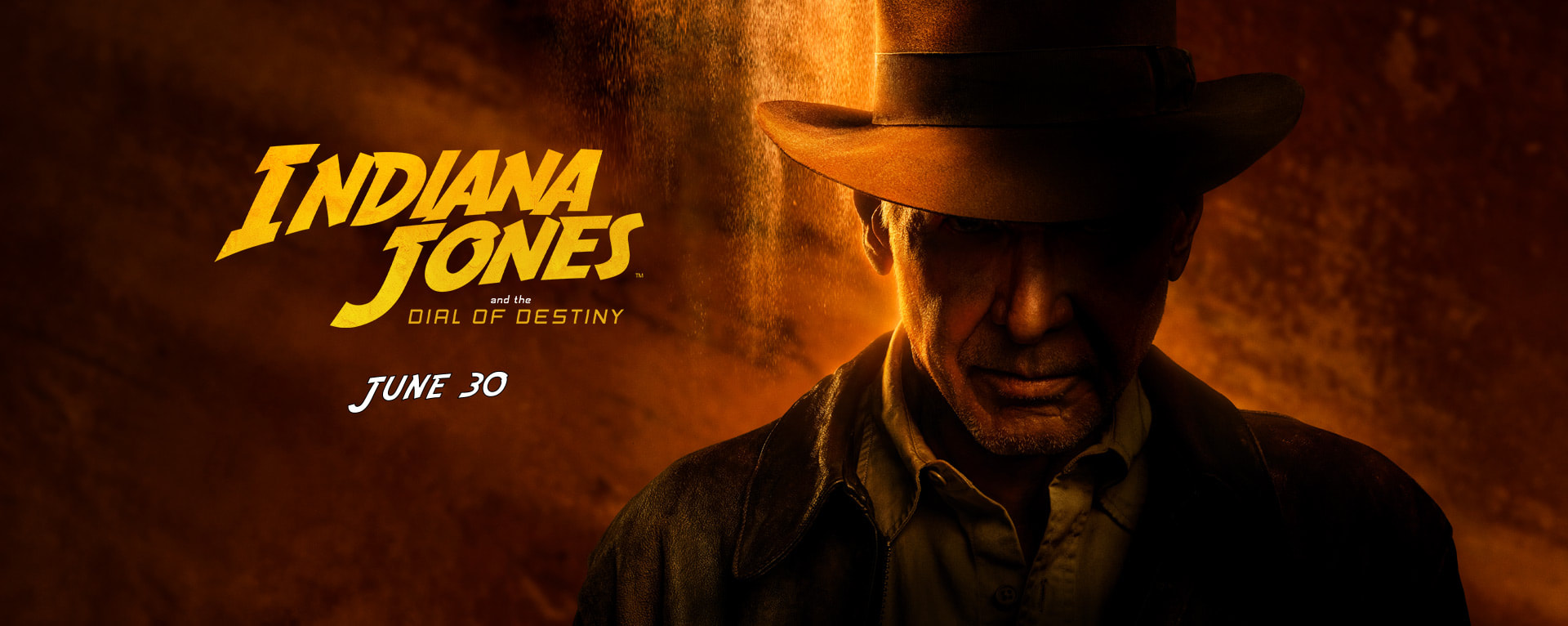
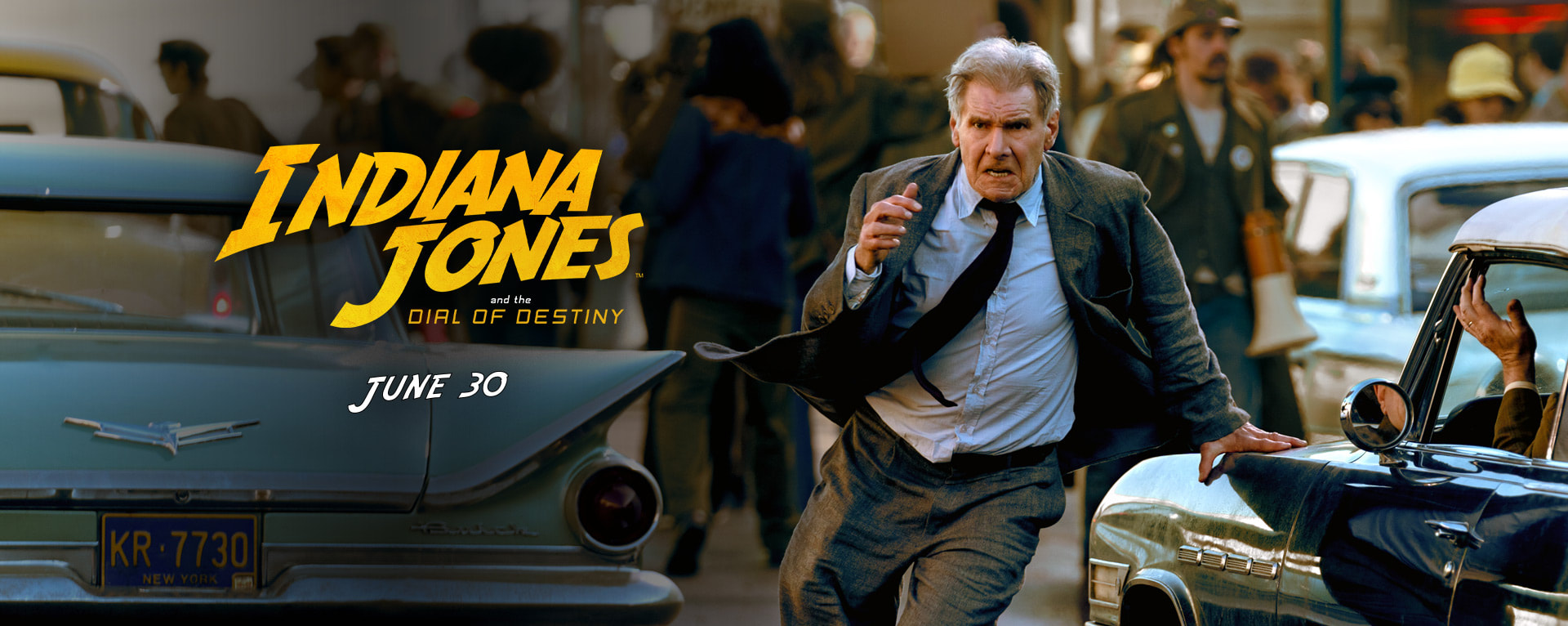
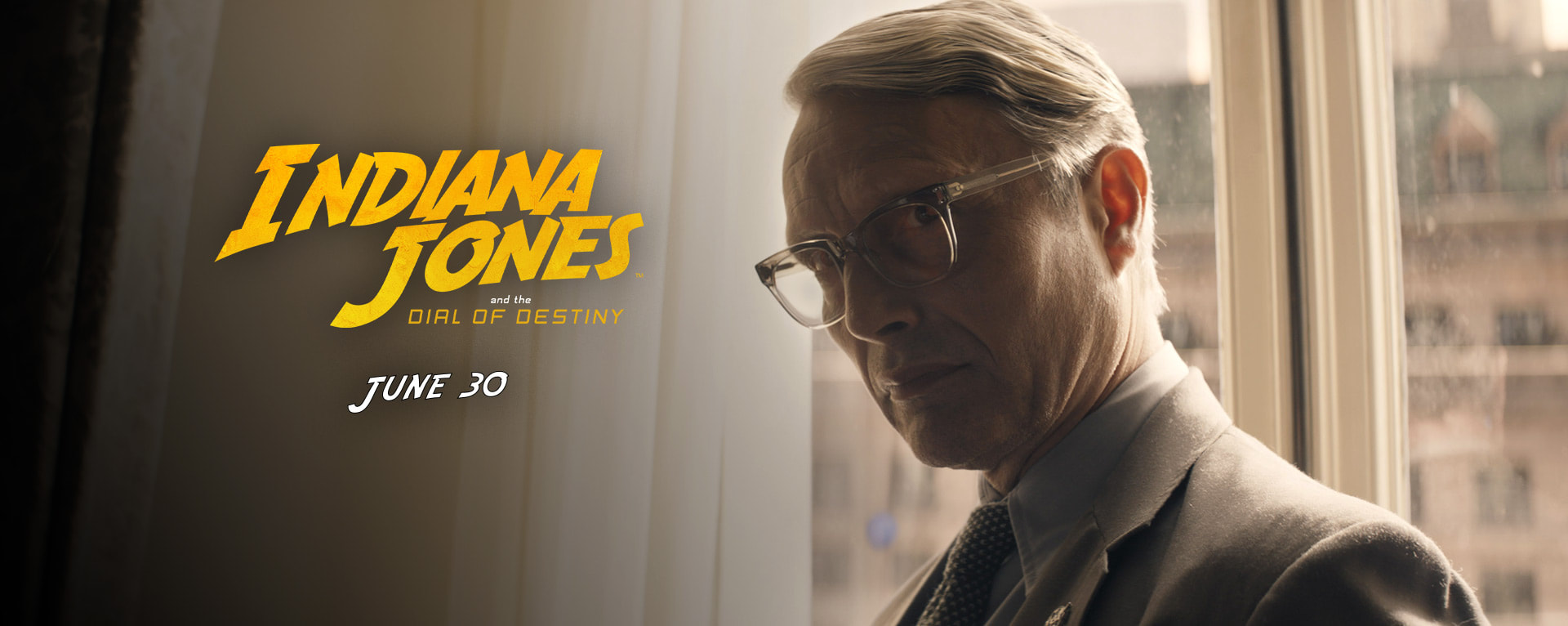
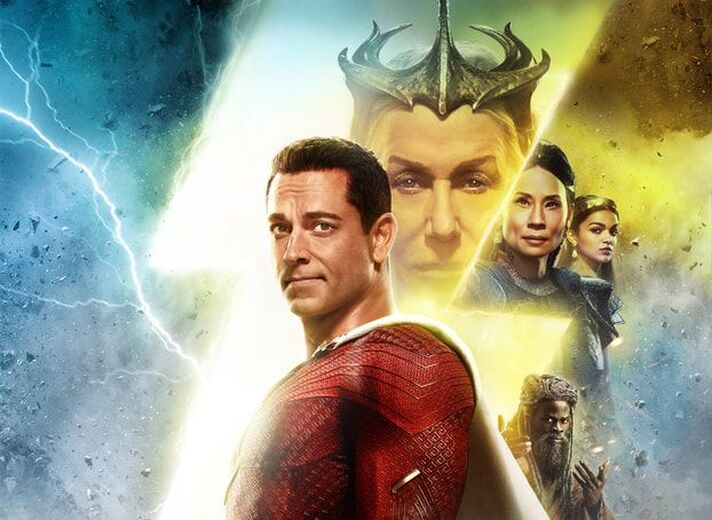
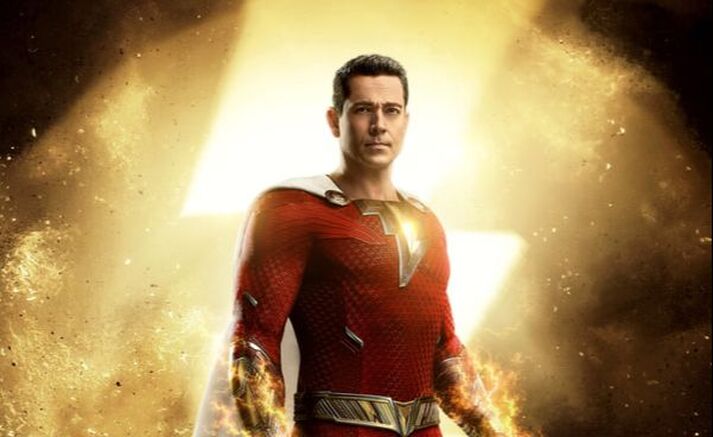
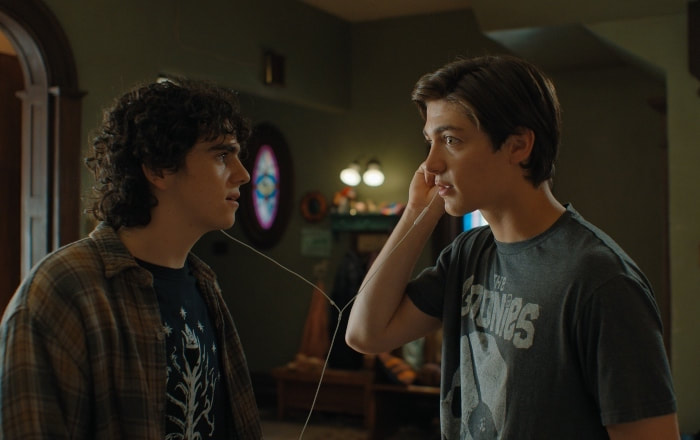
 RSS Feed
RSS Feed




